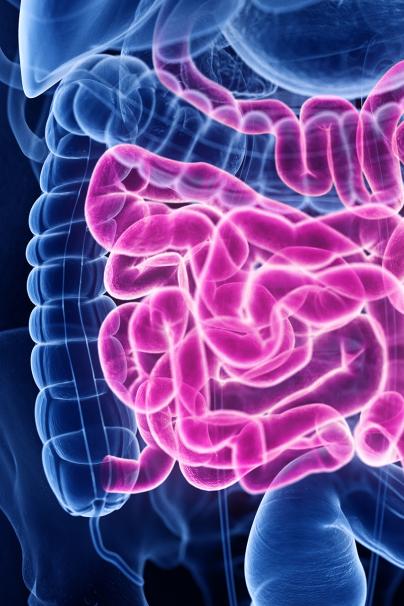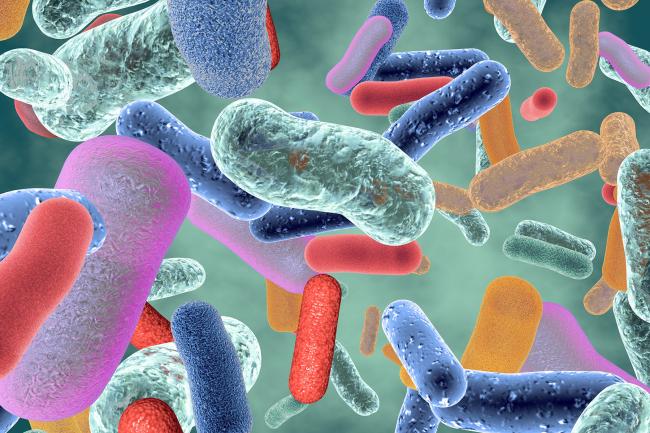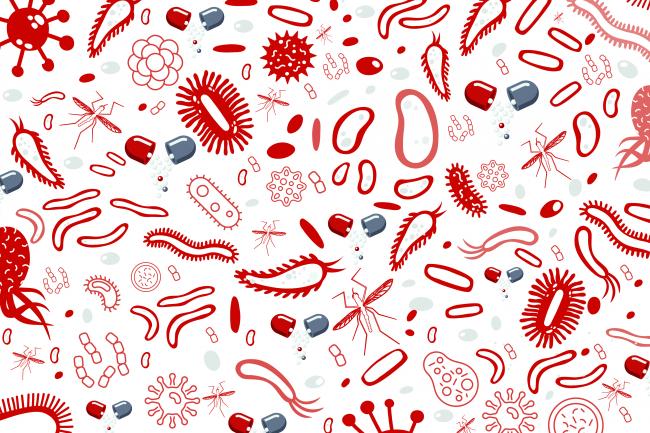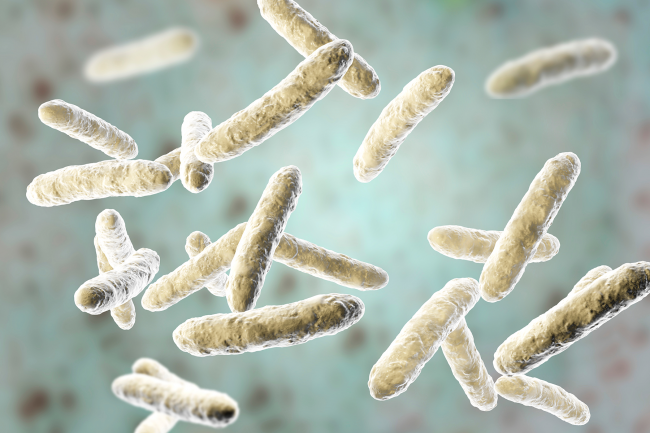Hildebrand Group
Harnessing microbial communities to combat disease

Harnessing microbial communities to combat disease
My group works across both the Quadram Institute and Earlham Institute to investigate the immense diversity of bacteria and other microorganisms that can be found in microbiome the human gut (and other environments). Thus our research lies in the intersection between microbial communities, bacterial strain evolution and genome plasticity, with the ultimate goal of understanding the microbial aetiology of a broad range of complex human diseases, such as IBD and Parkinson’s disease.
Gut microbial research has shown us a glimpse at the immense diversity of microbial species that each of us harbours. Very few of these species are universally shared among humans; in fact a large proportion is only found in a minority of individuals, leading to the regular discovery of novel species.
Identifying bacterial strains that are associated to these will help in exploring new treatments, and by describing their genomic content, we can identify known pathogenicity and antibiotic resistance genes that different bacteria have in their genomes. This can ultimately help in targeting and adjusting the dosage of patient treatments, on a personalized basis.
To address these questions, we apply bioinformatic methods from metagenomics, numerical ecology, population genetics and comparative genomics. One bioinformatic focus is on the accurate calling of genomic variants from highly complex metagenomics datasets and the delineation of patient specific bacteria. To maximize the efficiency of our analysis, we follow a holistic analysis approach, that combines our software with laboratory methods that target microbial fractions of high information content.
Our impact
The importance of the human associated microbiome is only being discovered now, with tremendous insights gained through metagenomics. We as a group develop new methods to scale the usability of metagenomics in a clinical context. By describing the genetic potential of microbes, we can identify known pathogenicity and antibiotic resistance genes that these might carry in their genomes. This can ultimately help in targeting and adjusting the dosage of patient treatments, on a personalized basis.
We combine computational and statistical methods with high-throughput sequencing techniques to reconstruct genomes of known and unknown species from diverse environments such as the human and animal guts. These are then used to identify the taxonomic relationships among species, their adaptation and functional potential as explored through advanced statistical models. We have specialists for statistical models and computer implementations of these. Our researchers work on correlating known patient ailments to the microbes living within each of us.
LotuS2 is an ultrafast and highly accurate tool for amplicon sequencing analysis.





